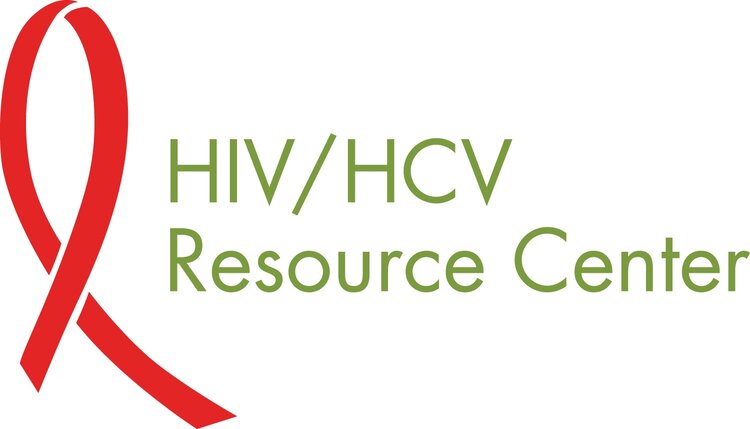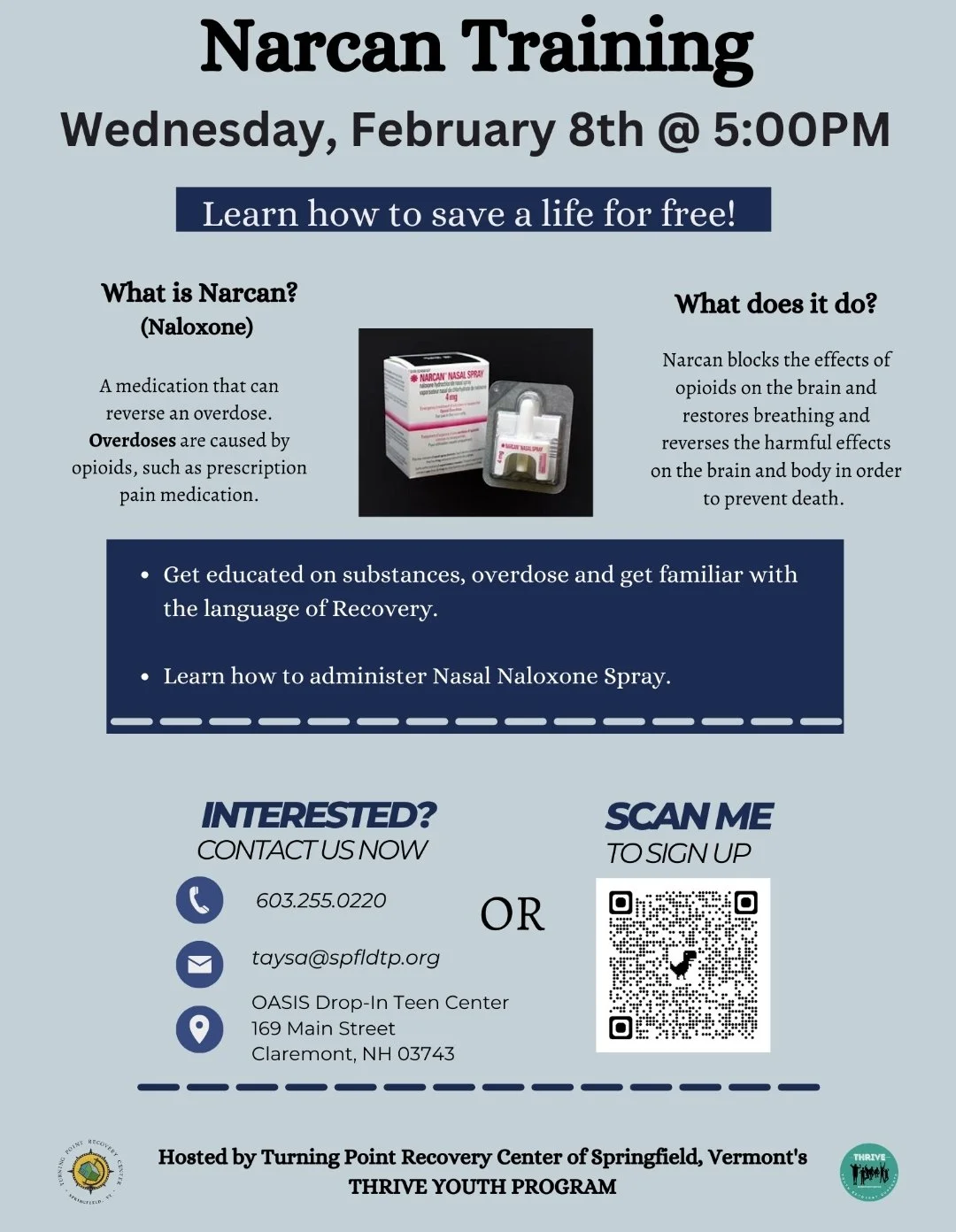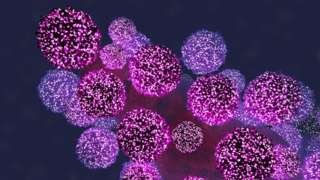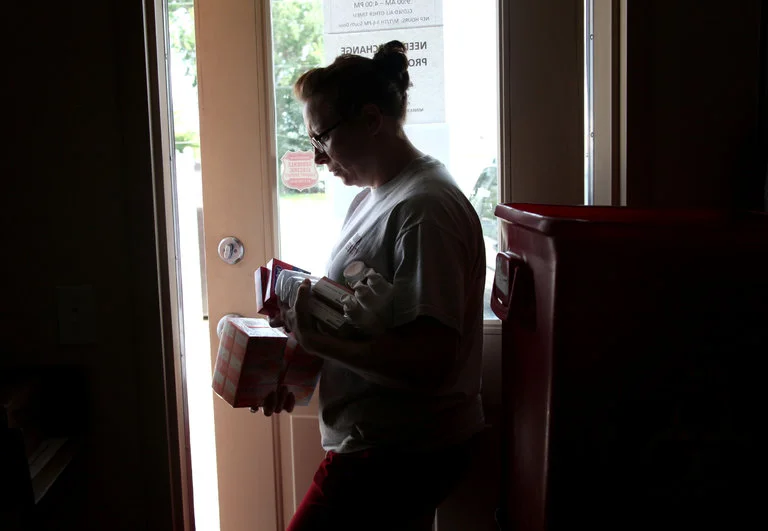Mathilde Krim, who crusaded against the scourge of AIDS with appeals to conscience that raised funds and international awareness of a disease that has killed more than 39 million people worldwide, died on Monday at her home in Kings Point, N.Y. She was 91.
Her death was confirmed by Bennah Serfaty, a spokeswoman for amfAR, the Foundation for AIDS Research, of which Dr. Krim was the founding chairwoman.
When the nation learned in the early 1980s that the virus that causes AIDS had begun its terrifying attack upon the human immune system, Dr. Krim, a geneticist and virologist with wide experience in cancer research and a passion for causes, plunged into a fight not only against the virus but also for the civil rights of people who had it.
Over the next several decades, she became America’s foremost warrior in the battle against superstitions, fears and prejudices that have stigmatized many people with AIDS, subjecting them to rejection and discrimination. There is still no cure for acquired immune deficiency syndrome, which has become pandemic, although antiretroviral medication can slow the disease and may lead to near-normal life expectancy with prompt diagnosis and treatment.
In 2016, there were more than 36.7 million people, worldwide, infected with the human immunodeficiency virus, or H.I.V., which causes AIDS. That was 300,000 fewer than in 2015, but the cases nevertheless resulted in one million deaths, down from a peak of 1.9 million in 2005.
The virus that causes AIDS is spread by many vectors: through sex, needle-sharing among drug users and accidental needle sticks among medical personnel, as well as through blood transfusions and from mother to infant during pregnancy or breast feeding.
In Africa, where the disease originated and where it is most widespread, most transmission is through heterosexual sex.
In the early days of the American epidemic, AIDS killed large numbers of hemophiliacs, infected by tainted blood-clotting factors, and Haitians, because the virus had apparently reached the Americas there first.
But the American public focused on two other high-risk groups, gay men and drug addicts, people long shunned by family-oriented Americans and the mostly heterosexual establishment.
“They felt that this was a disease that resulted from a sleazy lifestyle, drugs or kinky sex — that certain people had learned their lesson and it served them right,” Dr. Krim told The New York Times Magazine in 1988. “That was the attitude, even on the part of respectable foundations that are supposed to be concerned about human welfare.”
In his book “The Gay Metropolis: The Landmark History of Gay Life in America” (1997), Charles Kaiser wrote: “One scientist outside the government was more important than any other heterosexual in New York City in sounding the alarm about the growing crisis. Her name was Mathilde Krim.”
Dr. Krim in 1992 with Dr. Mervyn F. Silverman, then the president of amfAR, the AIDS research organization of which she was the founding chairwoman. Credit Don Hogan Charles/The New York Times
Money for research and literature to educate the public were needed, and Dr. Krim had access to both. Her husband was the entertainment lawyer Arthur B. Krim, a former chairman of United Artists and Orion Pictures and of the Democratic National Finance Committee. He was a confidant of many national leaders, including Presidents John F. Kennedy, Lyndon B. Johnson and Jimmy Carter.
Dr. Krim mobilized a galaxy of friends from the worlds of politics, the arts, entertainment, society and Wall Street. She organized art sales, auctions, fashion shows and other fund-raisers, held benefit parties at her Manhattan townhouse, gave television interviews, lobbied government officials and testified before Congress.
And she dazzled them with her scientific knowledge, grounded in her doctoral studies at the University of Geneva, and her dignified appeals to conscience, in many languages. The daughter of parents of Swiss, Italian and Austrian heritage and a convert to Judaism who had joined the Zionist underground, Dr. Krim spoke Italian, German, French and Hebrew as well as English.
In 1983, she and others created the AIDS Medical Foundation to raise money and support AIDS research. It often acted faster than federal agencies, which could take a year to process grants. In 1985, her group and another in Los Angeles merged to form the American Foundation for AIDS Research, or amfAR. Elizabeth Taylor was its founding international chairwoman, and Barbra Streisand, Woody Allen and Warren Beatty lent their names.
The foundation became the nation’s pre-eminent private supporter of AIDS research, prevention, treatment and advocacy. In 2005, when Dr. Krim stepped down as founding chairwoman, it was renamed the Foundation for AIDS Research, or amfAR, reflecting its international scope. The foundation has raised and invested an estimated $517 million for thousands of programs.
Using the foundation as her platform, Dr. Krim promoted needle-exchange programs and the use of condoms and other safe-sex practices; castigated religious leaders who denounced homosexuality as immoral; fought mandatory AIDS testing that might be used to persecute gay people; opposed the use of placebos in experimental drug trials, saying patients might be dead before outcomes were proved; and campaigned for laws to bar discrimination against gay people in housing and employment.
Her effectiveness derived partly from her credentials. Besides earning her doctorate in biology, she had served on White House commissions and conducted research at the Weizmann Institute of Science in Israel and at the Cornell Medical College and Sloan Kettering Cancer Center in New York.
But it also arose from a moral perspective that could supersede science. She argued, for example, that heterosexuals and homosexuals were all one big risk group. American epidemiologists did not concur at the time, because so many victims were gay, but she was partly right: Although gay sex now accounts for most transmission in the United States, about 24 percent is through heterosexual sex, and women bear the brunt of that, often through sex with partners who conceal the fact that they are bisexual or injecting drugs.
Dr. Krim sometimes waded into deep political waters. In 1990, Mayor David N. Dinkins of New York asked her advice on naming a city health commissioner. She recommended Indiana’s commissioner, Dr. Woodrow A. Myers Jr.
But gay groups objected when they learned that Indiana, by law, recorded the names of people with AIDS and could even quarantine those who knowingly had unprotected sex. Although recording the names of carriers and tracing their contacts is standard practice in fighting venereal diseases, and though quarantine has been used to control outbreaks of, for example, drug-resistant tuberculosis, the advocates felt such measures would be stigmatizing.
Dr. Krim and others on a search committee first stepped back for a reassessment, then re-endorsed Dr. Myers, then withdrew the endorsement. Dr. Myers was appointed anyway, and Dr. Krim found herself at odds with longtime allies. But her admirers tempered their ire with respect.
Dr. Krim, left, with Elizabeth Taylor, amfAR’s founding international chairwoman, and Dr. Silverman in Oviedo, Spain, in 1992. Credit Denis Doyle/Associated Press
“I think she’s exceptionally naïve politically,” said the playwright Larry Kramer, a prominent advocate for people with AIDS. “We are all very angry with her, so far as one can ever get angry with Mathilde, because we love her so.”
She was born Mathilde Galland in Como, Italy, on July 9, 1926, to Eugene Galland, a Swiss-Italian, and the former Elizabeth Krause, an Austrian. Her father was an agronomist. The family moved to Geneva when Mathilde was 6.
At the University of Geneva, Mathilde was a brilliant student of biology and genetics. Appalled by newsreels of Nazi concentration camps in 1945, she sought out Jewish activists, joined the Zionist underground Irgun and spent a summer smuggling guns over the French border for resistance fighters against British rule in Palestine.
After earning a bachelor’s degree in 1948, she married an Irgun comrade, David Danon, a Bulgarian medical student, and converted to Judaism. The couple had a daughter, Daphna, in 1951, and in 1953, after Mathilde received her doctorate, they emigrated to Israel, where the marriage ended in divorce.
In 1954, she joined the research team of the German-born Israeli molecular biologist Leo Sachs at the Weizmann Institute of Science in Rehovot. She studied cancer-causing viruses and helped write a dozen papers, including one by Dr. Sachs that laid groundwork for the prenatal diagnostic technique of amniocentesis, detecting gender and possible defects in a fetus.
She married Mr. Krim, a Weizmann trustee, in 1958 and moved to New York the next year, exchanging pioneer life in a perpetual war zone for the Upper East Side and an illustrious social milieu.
Restless for challenges, Dr. Krim resumed research — at Cornell Medical College from 1959 to 1962 and at Sloan Kettering from 1962 to 1985. She thought she glimpsed a cure for cancer in interferons — proteins released by body cells to fight pathogens — but it was not the cure-all she had envisioned. She was later an adjunct professor at Columbia University.
Dr. Krim is survived by her daughter, Daphna Krim; two grandchildren; and a sister, Maria Jonzier. Arthur Krim died in 1994.
Dr. Krim’s many awards included the Presidential Medal of Freedom, the nation’s highest civilian honor. Awarded by President Bill Clinton in 2000, it recognized her “extraordinary compassion and commitment.”
In his book “The Gay Metropolis,” Mr. Kaiser wrote that Dr. Krim had been disturbed by the initial indifference to the AIDS crisis in the 1980s in part because it carried echoes of her past.
“The reaction of many of her heterosexual friends,” he wrote, “reminded her of the stories she had heard about Jews during the war, before she knew any herself, that they were dirty and evil and deserved to die.
“Dr. Krim was determined to prevent America from using AIDS to stigmatize homosexuals,” he continued, “and with the help of many of her famous Hollywood friends, she would be magnificently successful.”
Courtesy: The New York Times






